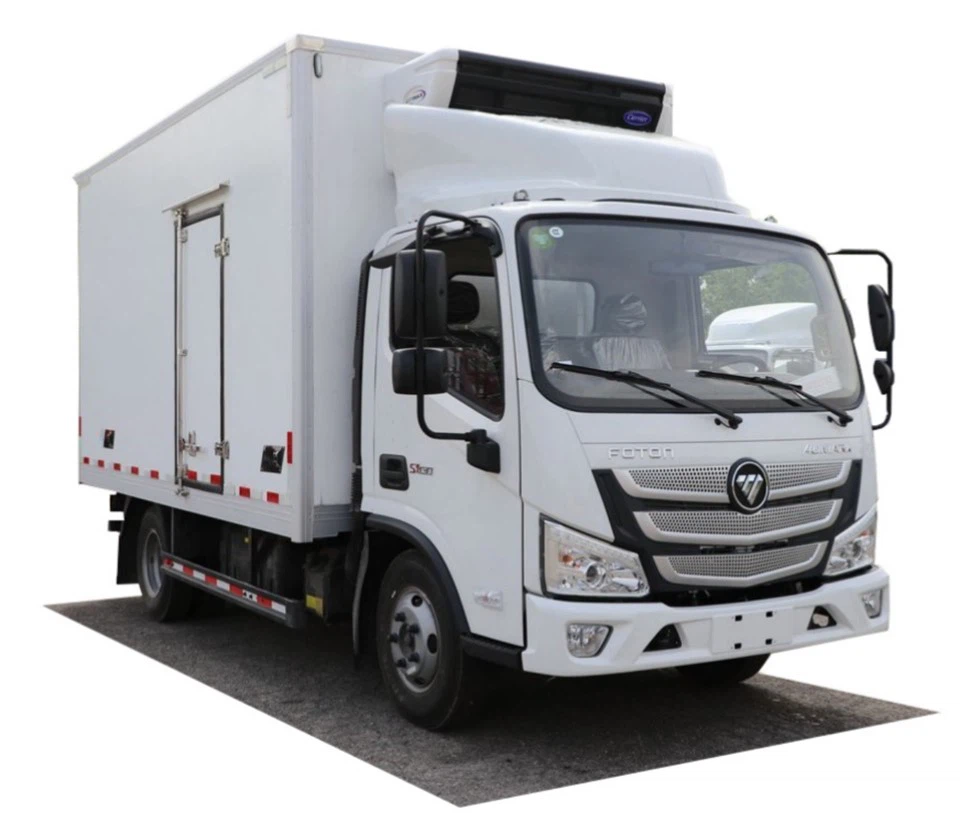The Comprehensive History of the Automotive Industry

The automotive industry is one of the most influential sectors in the world, shaping economies, cultures, and technologies over the past century and more. This comprehensive article explores the rich history of the automotive industry, from its humble beginnings to the sophisticated, electric, and autonomous vehicles of today.
Introduction to the Automotive Industry
The automotive industry involves the design, development, manufacturing, marketing, and selling of motor vehicles. The industry is a cornerstone of global economies, providing millions of jobs and facilitating economic growth. Its history is not only about technology but also about societal changes, shifts in consumer behavior, and environmental considerations.
The Birth of the Automotive Industry: 1769 to 1900
Early Innovations and the Steam Engine
The origins of the automotive industry can be traced back to the late 18th century. In 1769, Nicolas-Joseph Cugnot built the first full-scale, working steam-powered vehicle. This vehicle was heavy and impractical, but it marked the dawn of mechanized transportation.
The Advent of Internal Combustion Engines
In the late 19th century, with inventions like Nikolaus Otto’s four-stroke engine (1876) and Karl Benz’s motor car (1885), the automotive industry began to take shape. Benz founded Benz & Cie., which is often credited as the world’s first automobile company.
The Rise of Mass Production: 1900 to 1940
Henry Ford and the Assembly Line
Ford revolutionized the automotive industry when he introduced the assembly line in 1913. This innovation allowed for the mass production of cars, significantly lowering costs. The Ford Model T, produced from 1908 to 1927, became symbolic of this era, with over 15 million units sold.

The Global Spread of Automobiles

As the automobile became more affordable, it started to gain popularity worldwide. European manufacturers like Fiat, Peugeot, and Volkswagen also emerged in this period, adding to the global presence of the automotive sector.
Impact of World Wars on Automotive Manufacturing
Both World War I and II had significant impacts on automotive manufacturing. Facilities were often repurposed for military production. Post-war, the industry boomed again as soldiers returned home and sought vehicles for personal and family use.
The Era of Innovation: 1940 to 1980
Technological Advances and Design Changes
The post-war era witnessed significant technological innovation. The introduction of automatic transmissions and features like power steering transformed the driving experience. The design of vehicles became more focused on aesthetics, leading to iconic models from manufacturers like Chevrolet and Cadillac.
The Muscle Car Phenomenon and Oil Crises
The 1960s and early ’70s saw the “muscle car” era in the United States, with manufacturers producing high-performance vehicles. However, the oil crises of the 1970s prompted a shift toward smaller, fuel-efficient cars, giving rise to foreign brands like Toyota and Honda in the American market.
Globalization and Standardization: 1980 to 2000
Emergence of Foreign Automakers in the U.S.
During the 1980s and 1990s, foreign automakers gained a substantial foothold in the United States. Companies like Toyota and Honda began building manufacturing plants in the U.S., leading to increased competition and innovation in fuel efficiency and quality.
Environmental Regulations and Safety Standards
This era also introduced stricter environmental regulations and safety standards. The introduction of the Clean Air Act and higher safety ratings led to technological advancements in vehicle design, including the development of catalytic converters and crumple zones.
The Digital Age and The Future of Automobiles: 2000 to Present
The Rise of Technology and Electric Vehicles
The turn of the century marked the rise of modern technology in automotive design. Electric vehicles started gaining traction with companies like Tesla, which championed the electric vehicle paradigm and contributed to the push for sustainable energy sources.
Autonomous Vehicles and Connected Technology
Today, we are witnessing rapid advancements in autonomous vehicle technology and connected cars. Companies like Google and major automakers are investing heavily in developing self-driving technology, which promises to transform urban mobility.
Practical Examples of Key Automotive Innovations
Electric and Hybrid Vehicles
The popularity of electric and hybrid vehicles has skyrocketed in recent years. Models such as the Tesla Model 3, Nissan Leaf, and Toyota Prius serve as prime examples of how traditional combustion engines can be replaced or supplemented by energy-efficient alternatives.

| Vehicle Model | Type | Year Introduced |
|---|---|---|
| Tesla Model 3 | Electric | 2017 |
| Nissan Leaf | Electric | 2010 |
| Toyota Prius | Hybrid | 1997 |
Safety Innovations
Automakers have made significant strides in safety features. The introduction of anti-lock braking systems (ABS), electronic stability control (ESC), and advanced airbag systems have made roads significantly safer for drivers and passengers alike.
Challenges Faced by the Automotive Industry
Environmental Concerns and Regulations
The automotive industry faces ongoing challenges related to environmental sustainability. Stricter regulations are being enacted worldwide to reduce emissions and promote greener technologies. Manufacturers are increasingly focusing on developing vehicles with lower carbon footprints.
Market Dynamics and Economic Factors
Economic downturns, such as the 2008 financial crisis, highlighted the vulnerability of the automotive industry. Manufacturers had to adapt by restructuring and innovating to remain competitive in an ever-changing economic landscape.
The Future of the Automotive Industry
Trends in Mobility
The automobile industry is set to evolve dramatically in the coming years. The concepts of shared mobility, integrated public transportation, and car-sharing services are becoming increasingly popular, promoted by changing consumer attitudes and urbanization.
Sustainable Practices and Electric Future
Automakers are investing heavily in sustainable practices, from sourcing materials responsibly to producing vehicles with minimal environmental impact. As electric vehicle technology advances, the industry prepares for a future where electric cars dominate the market.
FAQs About Automotive Industry History
What was the first automobile ever made?
The first automobile is often credited to Karl Benz’s Benz Patent-Motorwagen, built in 1885. It was a three-wheeled vehicle powered by a gasoline engine.
How did Henry Ford change the automotive industry?
Henry Ford revolutionized the automotive industry by introducing the assembly line, which allowed mass production of cars and made vehicles affordable for the average American.
What are the main challenges facing the automotive industry today?
Challenges include environmental regulations, economic factors, technological advancements, and changing consumer preferences, particularly the shift towards electric and autonomous vehicles.
What is the significance of electric vehicles in the automotive industry?
Electric vehicles represent a major shift towards sustainable mobility, offering an alternative to traditional fuel engines, helping to reduce emissions, and responding to consumer demands for greener options.
How has globalization affected the automotive industry?
Globalization has led to increased competition, improved supply chains, and the rise of foreign automakers in various markets, resulting in diverse options for consumers worldwide.
What is the future outlook for the automotive industry?
The future is poised for significant advancements in electric vehicles, autonomous technology, and sustainable practices as the industry adapts to changing consumer needs and environmental concerns.
